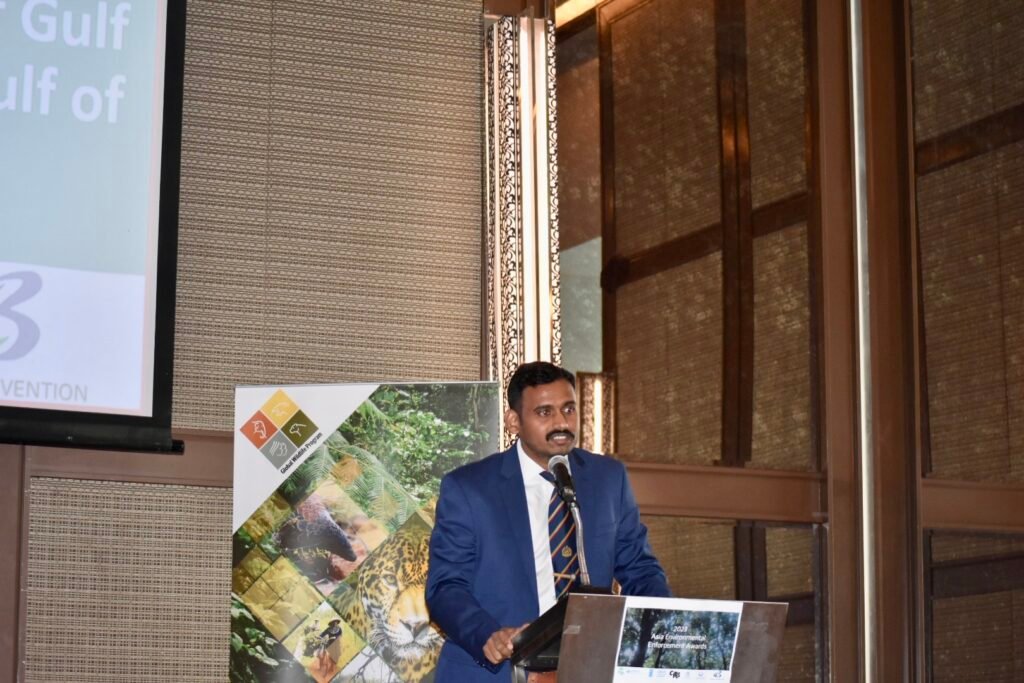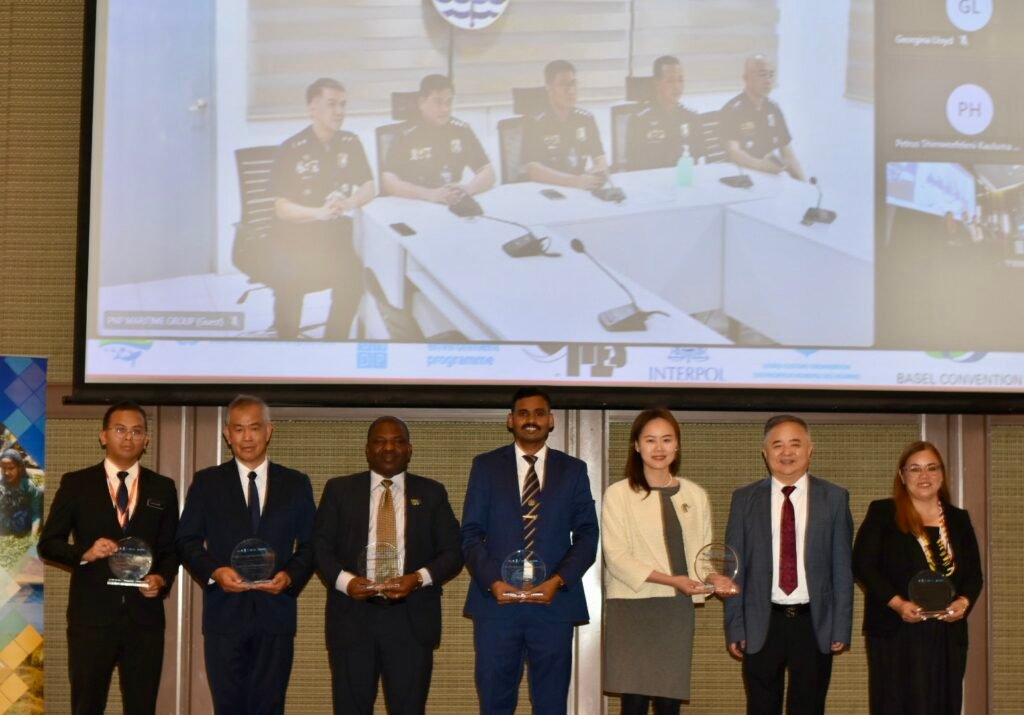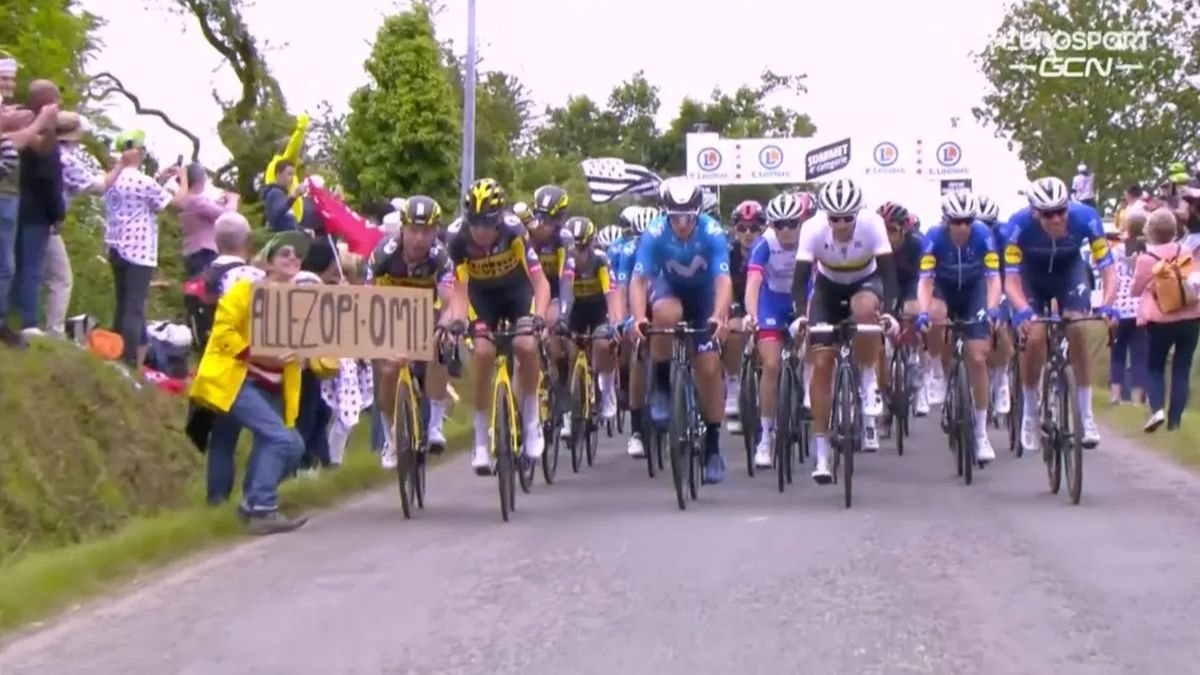Guardian Of Gulf: Officer Jagdish Bakan’s Pioneering Conservation Model

Officer Jagdish Bakan, director of Gulf of Mannar Biosphere Reserve, spearheads a pioneering conservation model that blends marine biodiversity protection, community engagement, and sustainable livelihoods. This article delves into the factors driving his initiative, community involvement, global recognition, cultural integration, and the challenges and successes encountered.

Initiating Conservation Efforts
Officer Bakan’s journey began with a deep understanding of the Gulf of Mannar’s diverse biodiversity, encompassing over 4223 species. The pressing issues of 1.5 million dependent fishermen, accidental marine animal trapping, tourist-induced pollution, wildlife crime, and ecological awareness gaps spurred the evolution of a comprehensive conservation plan.
Engaging Local Communities
Successfully shifting communities from traditional fishing to sustainable practices, Officer Bakan employs diverse strategies:
- Micro-Credit Programs: Concessional micro-credits to coastal Self Help Groups (SHGs).
- Eco-Development Committees (EDCs): 252 registered societies managing 5-10 SHGs each.
- Alternative Livelihoods: Micro-credit supports endeavors like palm crafts, tailoring, and fish pickling.
- Youth Engagement: Training for community-operated ecotourism, life guarding, and boat driving.
- Community Radio: Utilizing platforms like Kadal Osai to reach and educate fishermen.
- Wildlife Rescue Initiatives: Reward programs and field exposure for sustainable livelihoods.
Global Recognition and Impact

Winning the UNESCO Michel Batisse Award elevated awareness on a global scale:
- International Designation: Selected as one of Multi Internationally Designated Areas.
- Ecological Expert Visit: Recognition from UNESCO’s Ecological Division, fostering international acknowledgment.
Cultural Integration for Sustainability
Local cultural aspects play a vital role:
- Folk Songs: Utilized to generate awareness about biodiversity.
- Awareness Boards: Displayed in temples and dargahs to spread ecological consciousness.
Balancing Environmental Protection and Economic Development
Ensuring a symbiotic relationship between environmental protection and economic development:
- Concessional Micro-Credit: Promoting only green activities.
- Community-Led Eco-Tourism: Allocating 40% of net profits for community development and 60% for environmental protection.
- Community-Operated Plastic Check Post: Financially self-sustainable, supporting local SHGs and recycling seized plastics.
Overcoming Challenges for Success
Addressing challenges through strategic measures:
- Skill Development and Micro-Credit: Enhancing micro-credit and activating SHGs.
- Incentivizing Wildlife Rescue: Initiating rewards to promote community involvement.
- Awareness Initiatives: Conducting events like turtle walks, climate talks, and mangrove walks.
- Marine Pollution Control: Implementing community-operated plastic check posts.
- Eco-Tourism Expansion: Establishing new ecotourism centers.
Envisioning Long-Term Sustainability
Long-term sustainability through established frameworks:
- Institutional Framework: EDCs-SHGs-GOMBRT creating a robust structure.
- Self-Sustainable Models: Integration of ecotourism and plastic check posts for self-sustainability.
Replicability and Considerations
Officer Bakan’s model is deemed replicable in similar environments with considerations like:
- Ground Level Institutions: Establishing EDCs, SHGs, and Trusts.
- Local Income Sources: Developing ecotourism or environment fee-based income.
Case Study: Sustainable Livelihood and Biodiversity Conservation
A case study focusing on biodiversity conservation, community-based plastic control, and sustainable livelihoods outlines key activities, community roles, and impactful outcomes aligning with SDGs.
Marine vs. Forest-Based Conservation
While marine, the Gulf of Mannar Biosphere Reserve also incorporates coastal forests, making it unique. The eco-development approach remains consistent, blending land and marine-derived sustainable products.
Fishing Communities and Conservation
Fishing communities actively participate in conservation, leveraging traditional knowledge for a healthier marine ecosystem and recognizing the correlation between conservation and sustainable catches.
Climate Change Threats to Livelihoods
Climate change poses potential threats to fishing communities, impacting catch potential and creating challenges to food and nutritional security. Natural calamities further jeopardize fishing operations.
Current Focus in Gulf of Mannar Biosphere
Key project areas include habitat restoration, wildlife protection, community development, plastic and marine pollution control, and eco-education.
Conservation Call to the Youth
Officer Bakan emphasizes the pivotal role of youth in conservation, urging engagement, innovation, and behavioral change for positive environmental impact.
The Hindustan Herald Is Your Source For The Latest In Business, Entertainment, Lifestyle, Breaking News, And Other News. Please Follow Us On Facebook, Instagram, Twitter, And LinkedIn To Receive Instantaneous Updates. Also Don’t Forget To Subscribe Our Telegram Channel @hindustanherald







